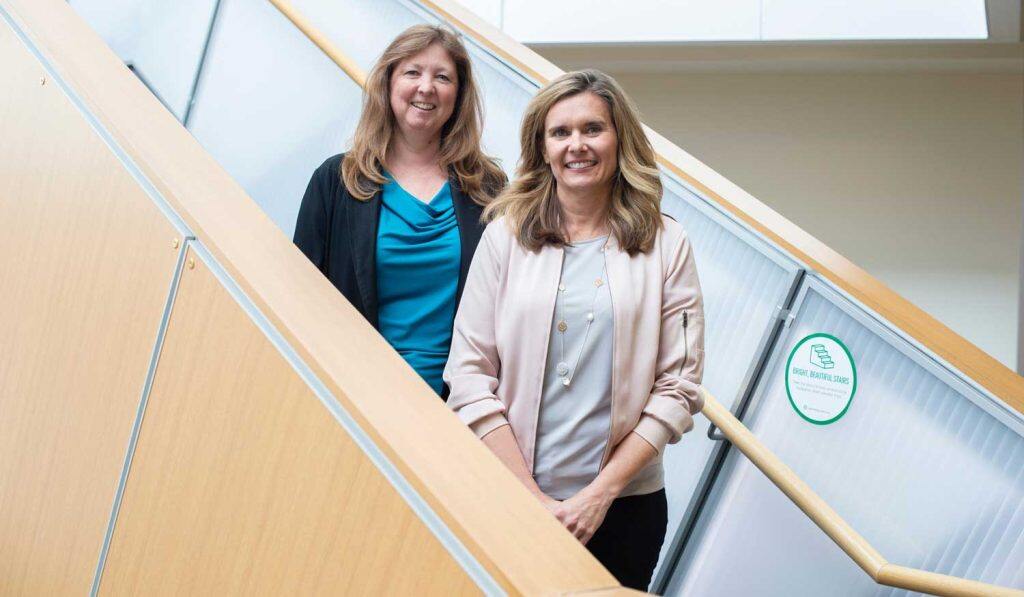Researchers at the University of Alberta have developed a series of new information tools to help parents with questions about their children and COVID-19.


The three videos and three interactive infographics cover caring for a child with COVID-19, vaccinating children against the virus and re-socializing children as they return to more activities.
The tools were created by pediatrics professor Lisa Hartling, director of the Alberta Research Centre for Health Evidence, and nursing professor Shannon Scott, principal investigator for the research program Translating Evidence in Child Health to Enhance Outcomes, or ECHO.
The tools are available through the ECHO website as well as Translating Emergency Knowledge for Kids, which is co-directed by Hartling and Scott.
The two have worked together since 2005 on similar health tools. Their process includes a parent advisory group that provides input and feedback. “It is an iterative co-development process,” explains Scott.
To develop the new tools for COVID-19, they went even further, interviewing more than two dozen parents and running focus groups for about 70 participants.
Once they understand parents’ concerns about a health topic, Hartling and Scott look at the latest available research and literature. For COVID-19, that meant staying on top of a moving target.
While the scientific evidence behind treating something like croup — for which they’ve also developed tools — is quite stable, they say, what we understand about COVID-19 is constantly changing as the disease evolves and we learn more about it.
“One of the challenges this time around has been that the science is evolving, and I think parents’ concerns are evolving, too,” says Hartling. “Even what we heard from parents last fall is a bit different from when we talked to our parent advisory group this fall.”
Before being put into use, the tools are reviewed by health-care providers for clinical accuracy and by the parent advisory group. Then they’re ready for usability testing, typically done by engaging parents in emergency rooms — though this time some of the testing took place online.
“With our previous tools, pre-pandemic, we would go into rural, remote and urban emergency departments and talk to parents waiting for emergency care, because that’s largely who these tools are for,” says Scott. “We did do some of that for these tools, but we also had to use online venues.”
Once the tools are finished, they are shared online and also screened in emergency departments and walk-in clinics.
“There are 383 sites in Alberta, through Alberta Health Services, that routinely show our tools at least once per hour,” says Scott. “Through those venues we get exposure to over 940,000 viewers a month.”
Scott feels the timing for the release of the COVID tools is perfect, as the pandemic nears the end of its third year, and hospital wait times and health-care staff are stretched to their limits.
“You don’t need to go far into the media to see the strain on the health-care system,” she says. “The timing of these resources, we think, is ideal.”
Hartling and Scott are both members of the Women and Children’s Health Research Institute and Stollery Science Lab Distinguished Researchers. They received a $272,000 grant from the Canadian Institutes of Health Research for the creation of the tools. Their research has also been funded by the Stollery Children’s Hospital Foundation through WCHRI, including five-year funding for the parent advisory group.
The Stollery Children’s Hospital Foundation also funded a video and an infographic about when to take your child to emergency during COVID-19 — tools that pair well with the new set.






































